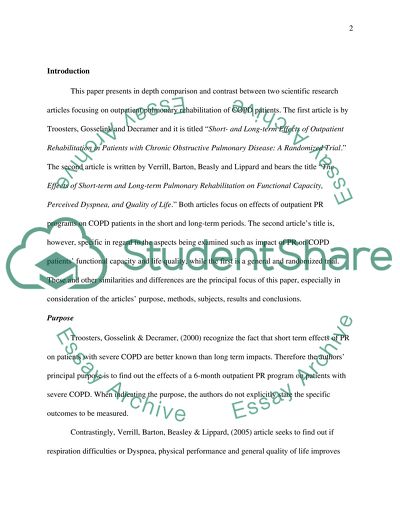Cite this document
(“Compare and contrast two articles on rehabilitation aspect Essay”, n.d.)
Retrieved from https://studentshare.org/health-sciences-medicine/1480029-compare-and-contrast-two-articles-on
Retrieved from https://studentshare.org/health-sciences-medicine/1480029-compare-and-contrast-two-articles-on
(Compare and Contrast Two Articles on Rehabilitation Aspect Essay)
https://studentshare.org/health-sciences-medicine/1480029-compare-and-contrast-two-articles-on.
https://studentshare.org/health-sciences-medicine/1480029-compare-and-contrast-two-articles-on.
“Compare and Contrast Two Articles on Rehabilitation Aspect Essay”, n.d. https://studentshare.org/health-sciences-medicine/1480029-compare-and-contrast-two-articles-on.


